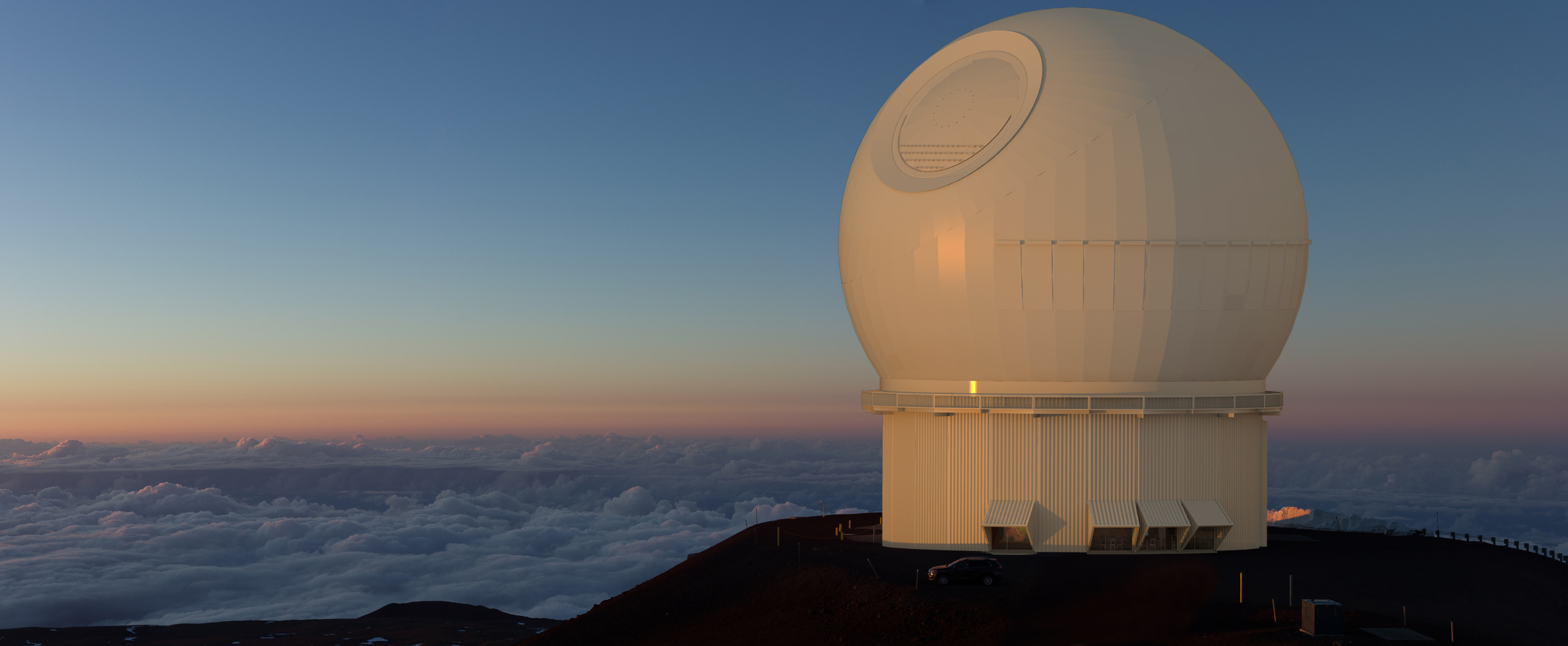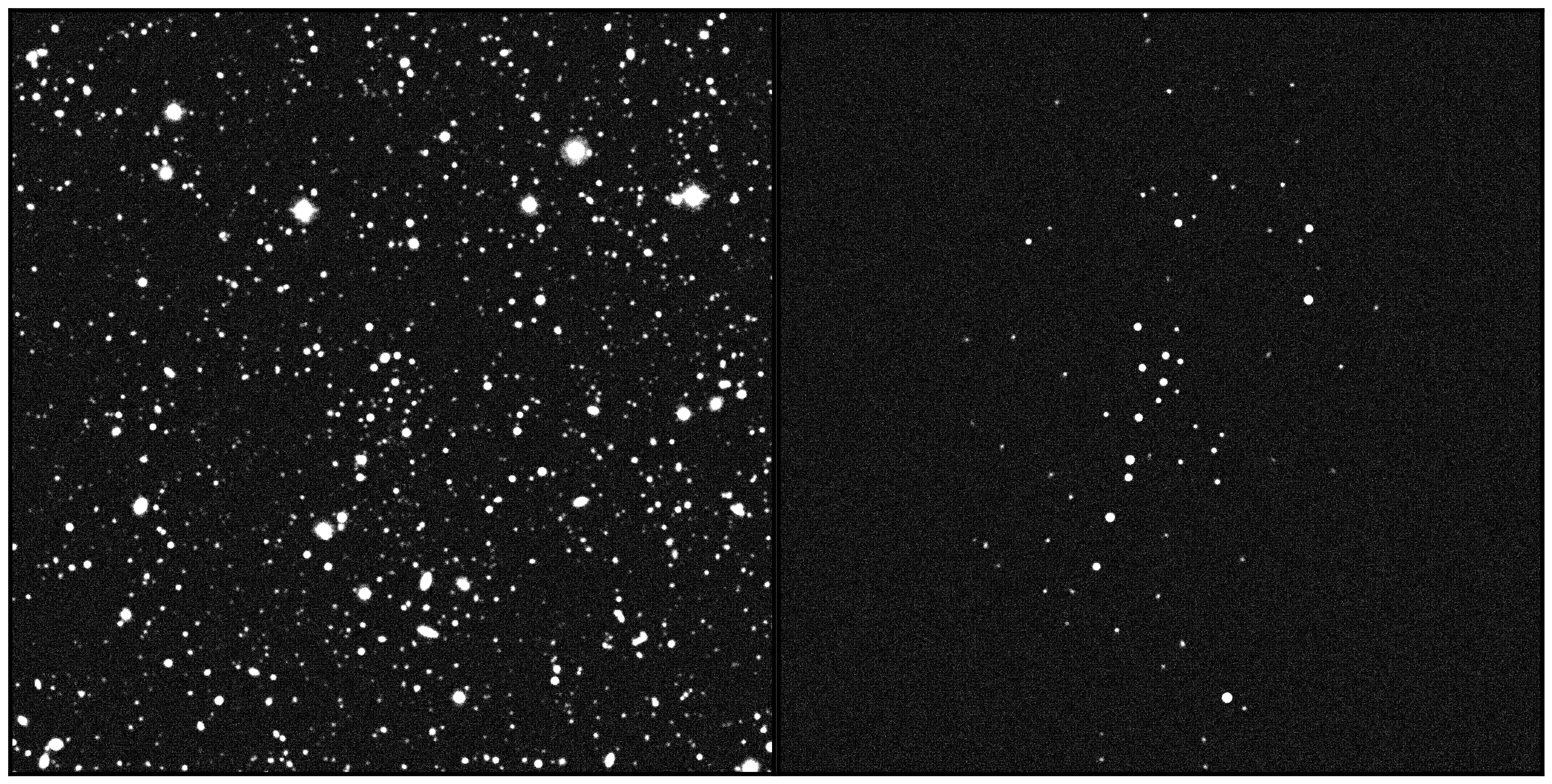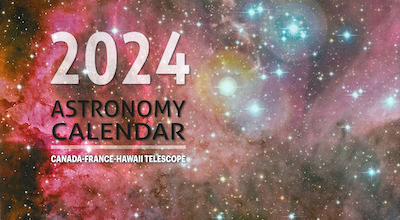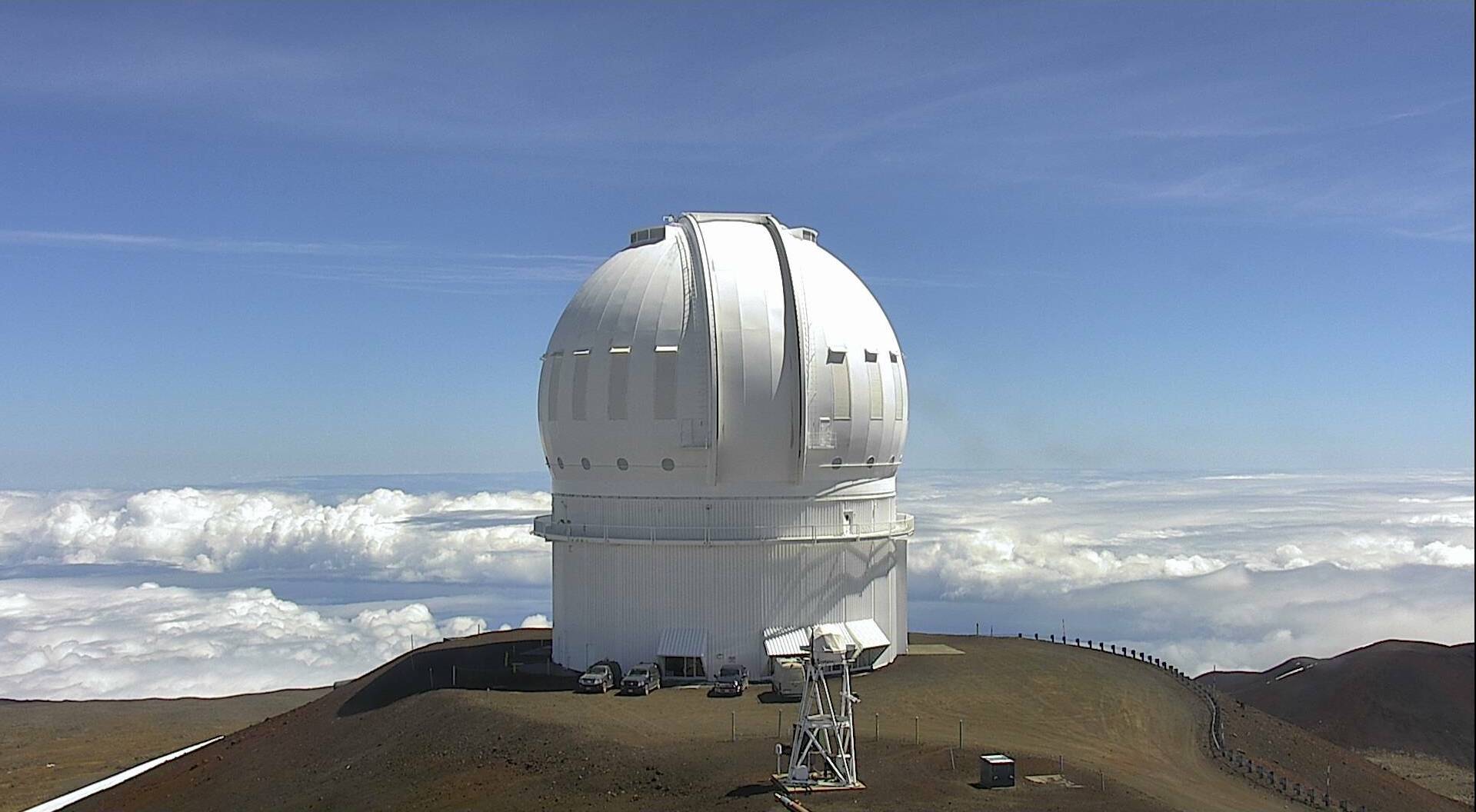Maunakea Spectroscopic Explorer and Astro2020
Every decade, the United States National Research Council produces a strategic document - the Decadal Survey of Astronomy and Astrophysics - known this year as Astro2020. The report is used by US federal agencies, the United States Congress, the US presidential administration and other key stakeholders to inform decisions around which major astronomy projects should be undertaken in the decade to follow. Astro2020 is a set of recommendations, not a guarantee of funding. With this context, the MSE collaboration has been anxiously awaiting the results of the survey.
“The 2010 decadal plan highlighted the need for large telescopes and deep imaging surveys to explore the universe,” said Jennifer Marshall, MSE Project Scientist and associate professor at Texas A&M University. “We have built the MSE science case over the past decade with the understanding that multi-object spectroscopy is the natural follow-up to those large projects.”
MSE’s strengths encompass two of three of Astro2020’s priorities for mid-sized projects: time domain astronomy and highly multiplexed optical spectroscopy. The MSE detailed science case outlines the compelling science that MSE will execute, much of which falls within the three main science themes identified by Astro2020: “Worlds and Suns in Context” (exoplanets), “New Messengers and New Physics” (transient astrophysics), and “Cosmic Ecosystems” (the evolution of galaxies).
The MSE collaboration is thrilled to see the development of a multiplexed optical spectroscopic facility identified as a strategic priority. “Astro2020 highlighted the need for multi object spectroscopy and MSE is the perfect facility to make next generation, dedicated multi object spectroscopy a reality,” said Kei Szeto, MSE Project Manager. “MSE is poised to enter the preliminary design phase and ready to explore new partnerships as we proceed.”
Regarding the State of the Profession, one of the committee's recommendations is that “the astronomy community should work with representatives from local communities to define a Community Astronomy model of engagement that advances scientific research while respecting, empowering and benefiting the local community.” The MSE collaboration welcomes this recommendation, along with the other recommendations regarding diversity, equity and inclusion, broadening the academic pipeline, and working with our indigenous and local communities here in Hawaiʻi.
The CFHT board is “committed to the Maunakea Spectroscopic Explorer as the future of the facility. The Board is confident that, following deeply rooted CFHT practices, the MSE project will be respectful of our privilege to share the cosmos from Maunakea, and will continue CFHT’s long-standing history of engaging the Hawai’i Island community.”
Additional links
Astro2020
Media Contacts
Mary Beth Laychak
director of strategic communications, Canada-France-Hawai'i Telescope
808-885-3121
laychak@cfht.hawaii.edu





